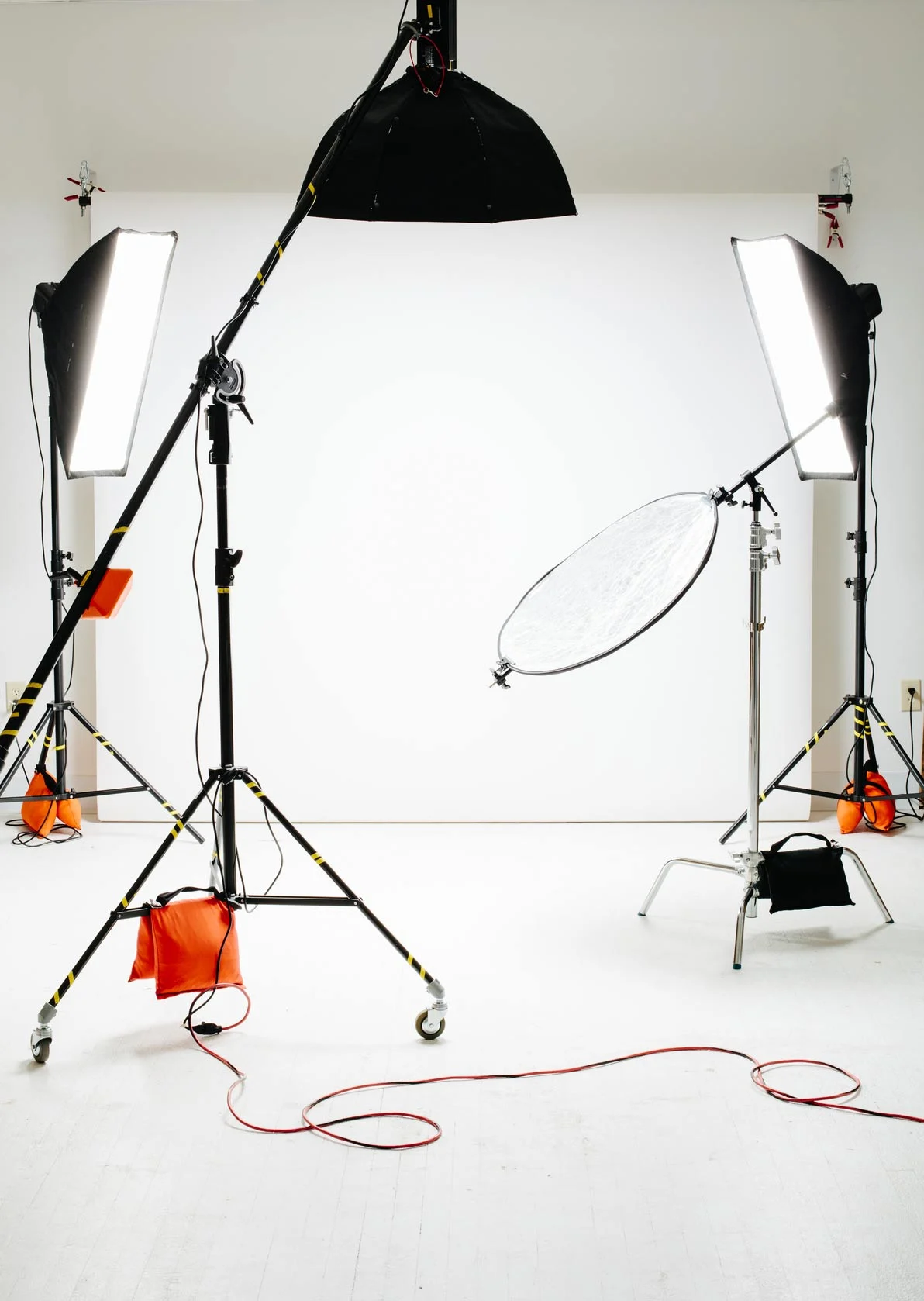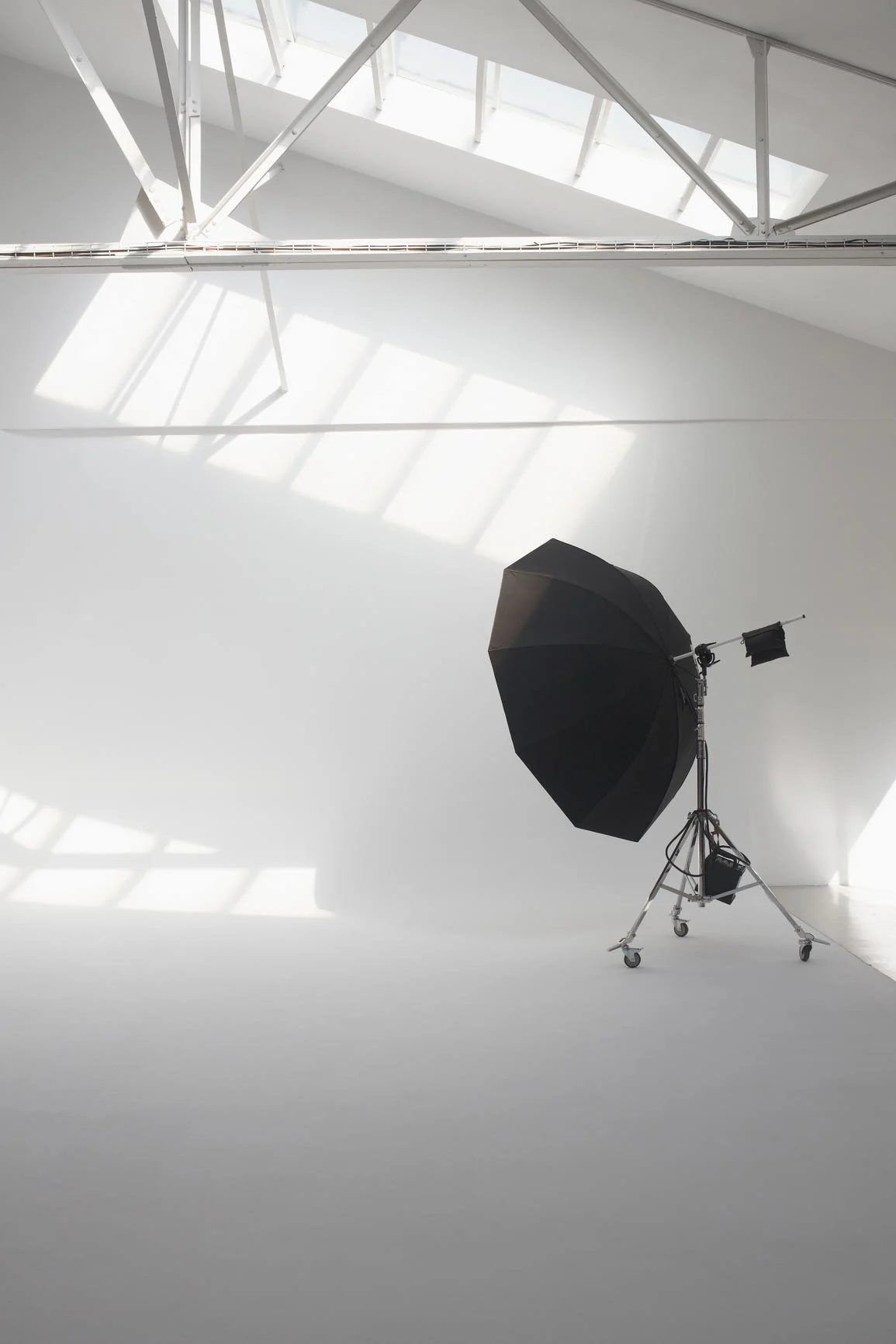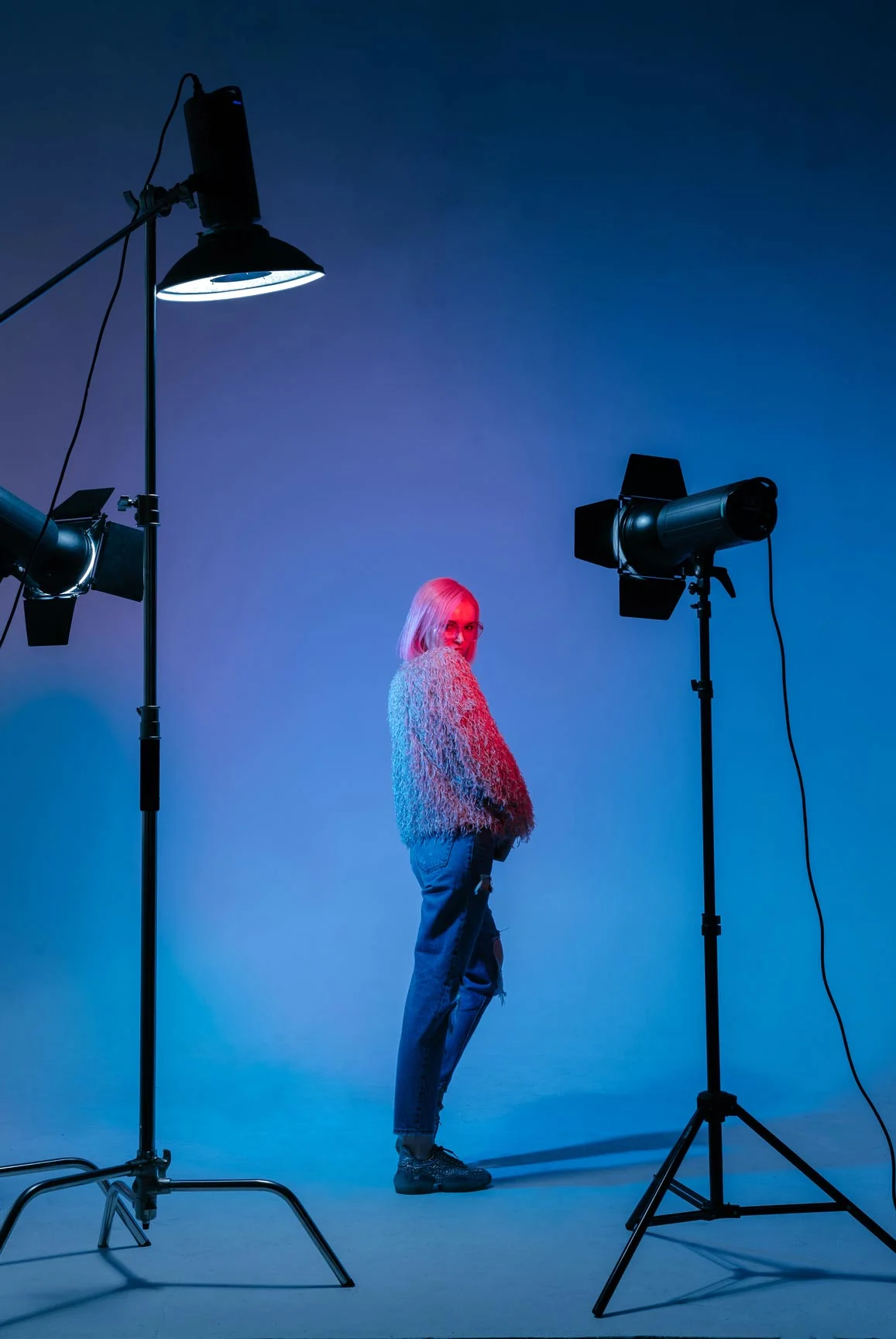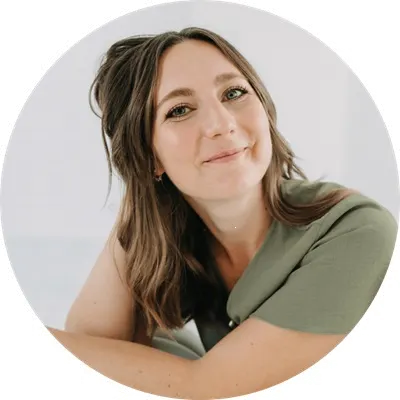The use of light modifiers
From WhiteWall expert Katharina Wergen
Lighting design plays a crucial role in photography. Without the right lighting, even the best cameras and lenses cannot perform to their full potential. Light modifiers are tools that photographers and videographers use to control, shape, and direct light. This article provides an overview of the different types of light modifiers, their areas of application, and practical tips for use. The topic of connections and bayonets is also discussed.
What are light shapers and when are they used?
Light modifiers are accessories that are attached to light sources to change the quality, direction, and intensity of the light. They are indispensable for achieving different lighting effects and creating the desired mood in an image. Light modifiers are used in a wide variety of situations: in portrait and product photography, in film productions, in architectural and interior photography, and in many other areas. Their use is particularly important when the available light is insufficient or needs to be optimized to meet specific artistic or technical requirements.
The most important light shapers and their areas of application
Softbox
The softbox is one of the most versatile light shapers and is often used in portrait photography. It consists of a reflective inner surface and a diffuse front that distributes the light softly and evenly. In portrait photography, it ensures soft illumination of the face, minimizes harsh shadows, and creates a flattering representation of skin tones. The softbox is also popular in product photography because it provides even illumination and thus reduces unwanted reflections.
Beauty dish
The beauty dish is a round, bowl-shaped light shaper that produces a directional but soft light. It is often used in beauty and fashion photography because it emphasizes facial features and casts a flattering light on the skin. The effect of the beauty dish lies in the combination of softly drawn shadows and clearly defined highlights, which enables professional and aesthetic lighting, especially for close-ups of faces.

Normal reflector
A normal reflector, also known as a standard reflector, concentrates the light from a light source and directs it in a specific direction. It is ideal for situations where highly directional light is required. In product photography, the standard reflector is often used to create striking shadows and high contrasts that emphasize the shape and structure of a product. It can also be used in portrait photography to achieve dramatic effects and make the subject stand out from the background.
Strip light
The strip light belongs to the softbox light shaper family. It is an elongated, narrow light shaper that produces a correspondingly elongated illumination to create specific accents. In fashion and portrait photography, it is often used to illuminate specific areas of a person or outfit without too much light falling on the foreground and background. For this purpose, the strip light is often attached vertically to the light source. In product photography, the strip light helps to highlight edges and details.
Honeycomb/grid
Honeycombs or grids are accessories that can be attached to various light modifiers such as softboxes and strip lights to focus the light and reduce stray light. They create a more targeted and high-contrast light. In portrait photography, honeycombs are often used to focus the light on the face or specific parts of the body without illuminating the background. This can be useful, for example, in low-key shots where only the person is illuminated and the background should remain dark. They are also useful in product photography to highlight specific details and draw attention to the essentials.
Spot attachment
A spot attachment concentrates the light on a small area and creates an intense cone of light. It is ideal for highlighting details or for effects that require strong, focused light. In portrait photography, the spot attachment can be used to achieve dramatic effects, such as striking light on the eyes or emphasizing certain facial features. In product photography, it helps to highlight small details or special features of a product.
Umbrellas
Umbrellas are versatile light modifiers that can reflect or diffuse the light from a light source. Reflective umbrellas reflect the light and create a wide, soft light that provides even illumination in portrait photography. With translucent umbrellas, the light is not reflected but diffused through the umbrella material. This reduces harsh shadows, resulting in large-area, natural, and soft illumination. Umbrellas are particularly practical in outdoor photography as they can be set up and taken down quickly and allow for flexible changes in lighting.
Folding reflector, brightener, and shadow box
A folding reflector is a portable and versatile tool that reflects or blocks light. It is available in different surfaces such as silver, gold, white, and black, each of which produces different effects. Silver reflectors intensify the light and create high-contrast highlights, while gold reflectors produce a warm light. White reflectors diffuse light and create soft illumination, while black reflectors block light and enhance shadows. Foldable reflectors are often used in outdoor and portrait photography to enhance existing light or brighten unwanted shadows.
Diffuser, folding diffuser
The diffuser is made of a translucent material. It is a versatile tool used in photography and videography to scatter light and create softer, more even lighting. In a folding diffuser, the translucent material is stretched over a flexible frame so that, as the name suggests, it can be folded down to a smaller size for transport. This makes it particularly suitable for mobile use. The folding diffuser is often used in portrait photography to reduce harsh shadows and achieve natural lighting. In outdoor photography, it is particularly useful for diffusing sunlight and thus ensuring more even lighting of the subject, even in the glaring midday sun.

Examples of lighting setups in...
...portrait photography
In photography, there are numerous lighting setups that combine different light modifiers to achieve specific effects. A classic example is three-point lighting, which is often used in portrait photography. Here, a softbox is used as the main light source (key light). It is positioned to the side and slightly above the subject to ensure soft and even illumination of the face. The soft light from the softbox reduces harsh shadows and ensures a flattering representation of the skin. In addition to the softbox, a folding reflector or a large Styrofoam board is used as fill light. The reflector is positioned on the opposite side of the main light to brighten the shadows on the model's face and achieve balanced illumination. As a third light shaper, a standard reflector can be directed at the background using a flash or continuous light to create an interesting light structure in the background and separate the model from the background.
...in fashion photography
In fashion photography, for example, a combination of a beauty dish, spot attachment, and reflector umbrella can be used. The beauty dish serves as the main light source and is directed at the model from the front to achieve even illumination with slightly accentuated contours. The spot attachment is used as an effect light to dramatically accentuate certain parts of the face or body. It creates a focused cone of light that highlights details and gives the image a special dynamic. The reflector is placed behind the model to reflect the light and create a soft, even background that makes the model stand out from the background.
Connections and bayonets
When using light modifiers, the compatibility of the connections or bayonets plays a crucial role. It is important that the light modifiers can be attached securely and stably to the light sources. Different manufacturers use different bayonet systems, which are not always compatible with each other.
A widely used system is the Bowens bayonet, which is used by many manufacturers and is characterized by its ease of use and stability. The Bowens system is particularly popular because it includes a wide range of light modifiers, from softboxes and reflectors to beauty dishes, and is supported by many flash units and continuous light sources in the hobby sector. They are attached using an easy-to-use twist and click system that allows quick changes of light modifiers.
In the professional sector, however, the bayonet systems from Profoto, Elinchrom, and Broncolor are widely used. The four bayonet systems mentioned are not directly compatible with each other. When purchasing light modifiers and flash units, it is therefore important to always check the compatibility of the bayonet systems in advance. Some manufacturers offer adapters that allow light modifiers from different systems to be combined with each other. This is particularly useful if you already own light modifiers from a specific system and want to use them with a new flash unit from another manufacturer.

Conclusion
Light shapers are indispensable tools for photographers and videographers who need precise control over their lighting. They allow you to shape, direct, and modify light to achieve the desired effects and influence the mood of an image. Choosing the right light shaper depends on the shooting situation and the desired result. With knowledge of the different types of light shapers and their possible applications, you are well equipped to turn your creative visions into reality. Pay attention to the compatibility of the bayonets to make your workflow as efficient as possible.
Want to show off your perfectly lit photos in style? Then we recommend presenting them as wall art behind acrylic glass, on aluminum Dibond, or as a framed photo.
Learn more about the author
As a trained portrait and wedding photographer, Katharina Wergen brings her extensive knowledge to photography. She has been working as a sales consultant at WhiteWall since 2018 and supports exhibition projects for museums and galleries. She is also increasingly focusing on reportage photography. Take a look behind the scenes of the photographer, here in the interview.

Also interesting:
Submitted by WhiteWall expert Katharina Wergen
Creative flash and off-camera flash – with unleashed flash
Ob Porträt, Event oder Produkt: Entfesseltes Blitzen eröffnet ganz neue Möglichkeiten, Licht bewusst einzusetzen und stimmungsvolle, ausdrucksstarke Bilder zu gestalten. Erfahren Sie, wie Sie mit der richtigen Technik, Lichtformern und kreativen Ideen beeindruckende Effekte erzielen – ganz ohne Studio!
Submitted by WhiteWall expert Katharina Wergen
Mixed lighting scenarios: Atmospheric photos with mixed light
Learn how to work harmoniously with different light sources and create atmospheric photos. Whether it's everyday life, events, or architecture, with the right tips, handling mixed light is easy and produces impressive images.
Submitted by WhiteWall expert Katharina Wergen
Advanced Studio Lighting Setups
Discover how you can take your photos to the next level with targeted light sources and creative setups. Whether you're shooting portraits, fashion, or products, the right setup will help you create expressive images with depth, impact, and character. Ideal for anyone who wants to use light consciously.




